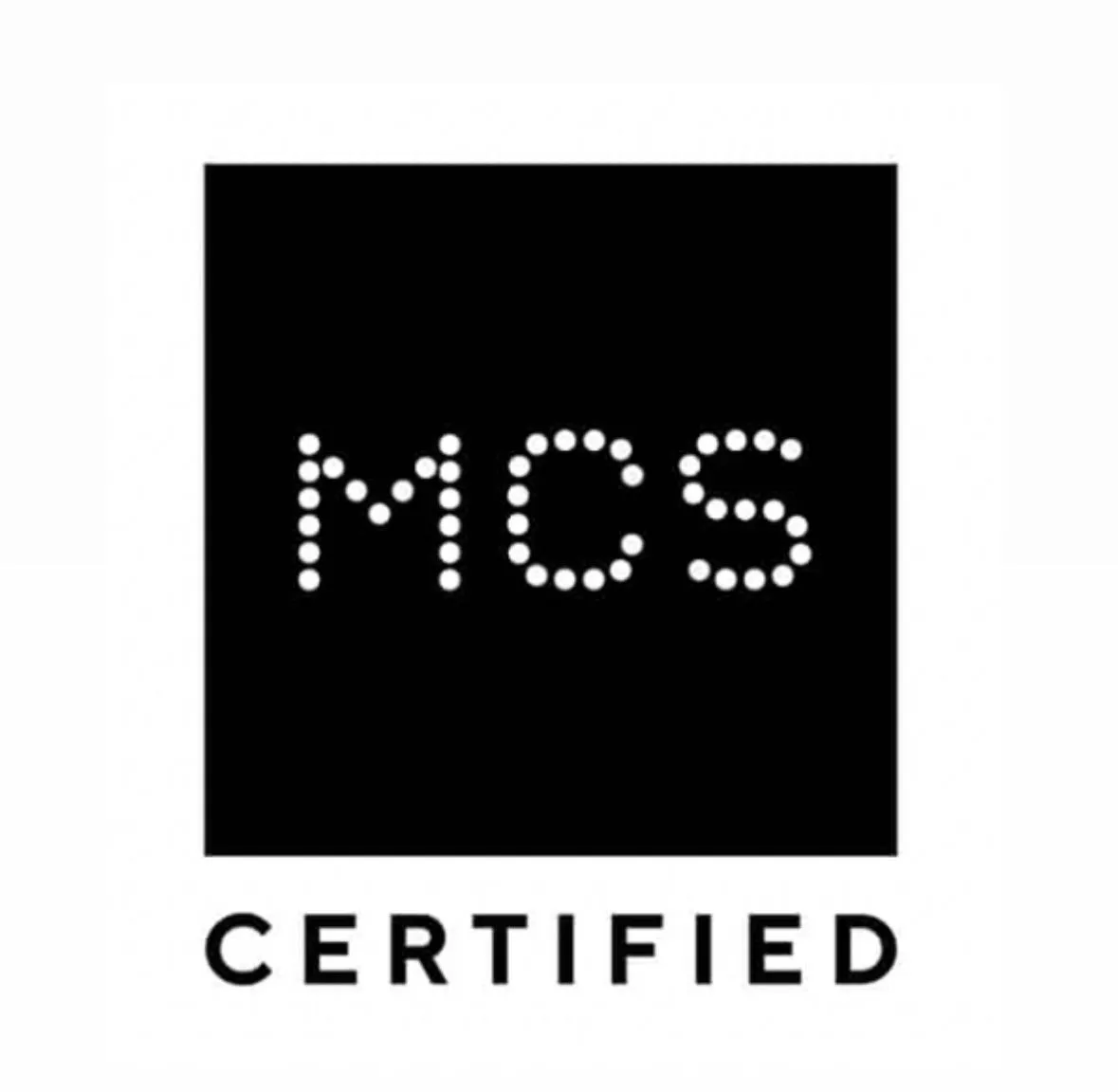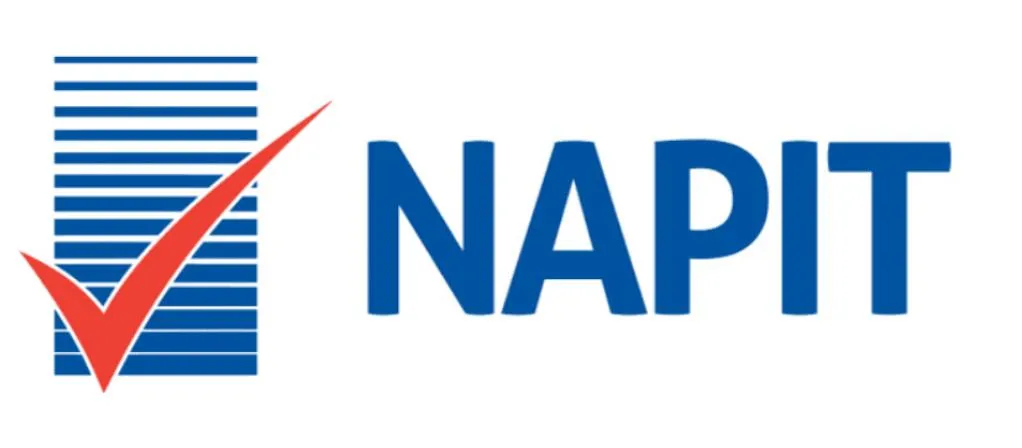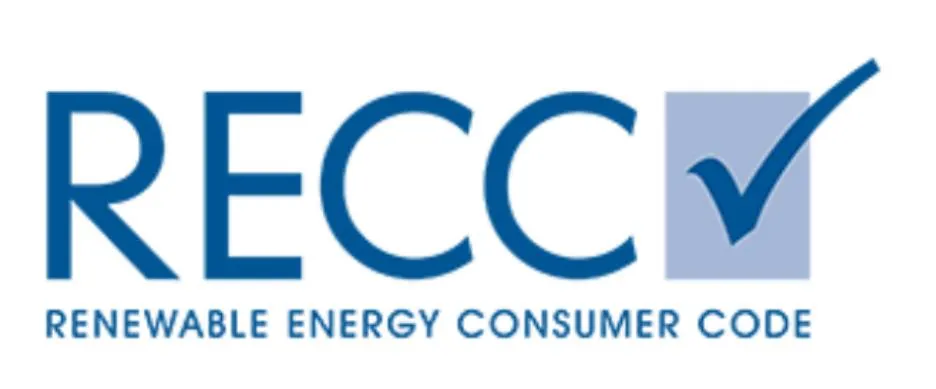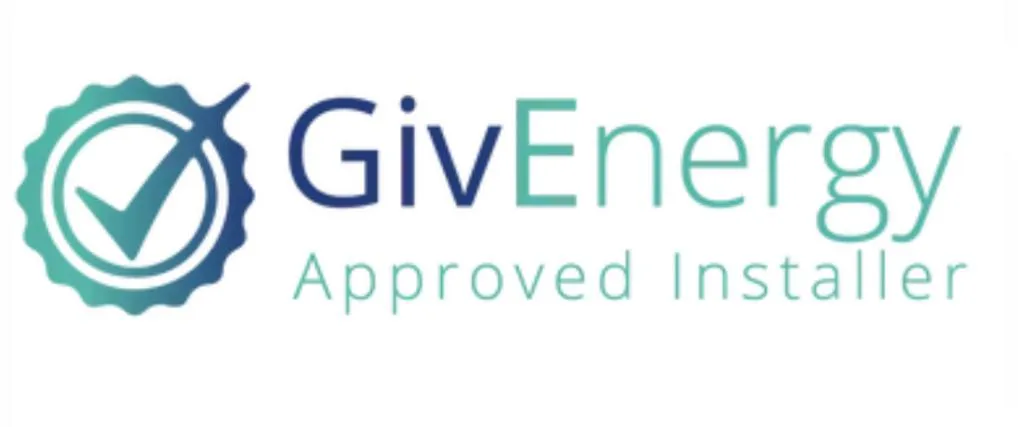Call
+44 (0) 7960 022349
Office Location
68 Bosworth Road, Cambridge England CB1 8RG
Pure Solar Energy
Solar FAQ's
What Is PV Solar?
Photovoltaic (PV) panels are devices that generate electricity from sunlight. Typically installed on rooftops and angled towards the sun, they absorb solar energy and convert it into renewable electricity. This electricity can be used to power homes and any excess can be exported to the national grid.
How Does Solar PV Work?
PV panels installed on the roof convert sunlight into direct current (DC) electricity. This DC electricity is then transformed into usable alternating current (AC) by an inverter, allowing it to power your home or business. A generation meter tracks the amount of electricity produced. During the day, your home uses the generated electricity, and any surplus can either be exported back to the grid or stored in a battery for later use.
What Accreditations does Pure Solar Energy hold?
Pure Solar Energy are proud to be accredited by several leading industry bodies, reflecting our commitment to quality, safety, and customer assurance. We are MCS certified, ensuring our systems meet rigorous industry standards for performance and installation. As members of RECC (Renewable Energy Consumer Code), we adhere to a strict consumer protection code. We are also NAPIT approved, demonstrating our competence and compliance in electrical installation. Additionally, we are TrustMark registered, giving customers peace of mind with government-endorsed quality, and certified installers of GivEnergy systems, showcasing our expertise in advanced energy storage solutions.
What is The Best direction to install Solar panels to optimise with the sun?
In the Northern Hemisphere, PV panels achieve their highest energy output when facing south toward the equator, as this orientation captures the most consistent direct sunlight. Factors such as roof pitch, shading, and the angle of the panels all influence overall generation. Shading can reduce performance, as panels use bypass diodes to protect themselves, which may limit output in shaded conditions. Additionally, the specific location within Great Britain will impact how much electricity is produced. However, it’s important to note that PV panels do not need to face directly south or have an ideal tilt to function effectively—they can still generate significant energy under a variety of conditions.
What does KW mean?
KW stands for kilowatt, a unit of power. In solar PV systems, a higher kilowatt (kW) rating generally indicates a larger system. Typically, the greater the kW capacity, the more electricity the system can generate from sunlight, resulting in higher energy production overall.
What is the difference between AC and DC in Electrics?
Solar panels generate DC (Direct Current) electricity, which differs from the AC (Alternating Current) electricity used in our homes. To make this energy usable, an inverter is installed to convert the DC into AC, matching your home's electrical supply. DC electricity flows in a single direction, similar to a battery or lightning bolt, whereas AC electricity changes direction many times per second. AC is the standard in homes and on the grid because it is safer and more efficient to transmit over long distances. As a result, working with PV systems requires skilled electricians who are properly trained and hold multiple industry accreditations to ensure safe and compliant installations.
What is the benefit of PV Solar>
Solar panels generate DC (Direct Current) electricity, which differs from the AC (Alternating Current) electricity used in our homes. To make this energy usable, an inverter is installed to convert the DC into AC, matching your home's electrical supply. DC electricity flows in a single direction, similar to a battery or lightning bolt, whereas AC electricity changes direction many times per second. AC is the standard in homes and on the grid because it is safer and more efficient to transmit over long distances. As a result, working with PV systems requires skilled electricians who are properly trained and hold multiple industry accreditations to ensure safe and compliant installations.
What is the benefit of PV Solar?
Solar PV systems can generate electricity from almost any daylight, allowing you to power your home with free, renewable energy. By producing your own electricity, you'll reduce your reliance on your utility provider and lower your energy bills. With no moving parts, PV systems require minimal maintenance, operate silently, and have very low running costs. They produce clean, green electricity with zero emissions during generation. Most components have a lifespan of over 25 years, and any surplus energy can be sold back to the grid, making solar a long-term, sustainable investment.
What is the benefit of PV Solar?
Solar PV systems can generate electricity from almost any daylight, allowing you to power your home with free, renewable energy. By producing your own electricity, you'll reduce your reliance on your utility provider and lower your energy bills. With no moving parts, PV systems require minimal maintenance, operate silently, and have very low running costs. They produce clean, green electricity with zero emissions during generation. Most components have a lifespan of over 25 years, and any surplus energy can be sold back to the grid, making solar a long-term, sustainable investment.
How will Pure Solar Energy know how many panels will fit on my roof?
We offer flexible options for designing your solar PV system. Our team can create designs using satellite tools such as Google Earth, or from existing house plans and architectural drawings. Our Account Managers are trained in the use of bespoke solar design software to ensure accuracy and efficiency. Every system is reviewed and signed off by fully trained and certified electricians to guarantee it meets the highest industry standards. Additionally, all of our PV installers hold specialist qualifications to design, install, and certify solar PV systems with confidence and compliance.
What is a PV solar Inverter?
An inverter converts the variable DC (Direct Current) electricity produced by solar panels into stable AC (Alternating Current) electricity, which can be safely used to power your home or business.
Where should i have my Inverter fitted?
Often installed in lofts, inverters perform better in cooler environments and many models can also be installed outdoors. When you receive your quote, our design team will discuss the most suitable locations for your inverter based on your property’s specific conditions.
Will a Solar diverter give me free hot Water?
These intelligent devices use excess electricity generated by your solar PV panels to heat the immersion element in your hot water cylinder. Instead of exporting unused electricity back to the grid, the surplus power is redirected to warm your water, reducing the need for your boiler to operate. This not only extends the lifespan of your boiler but also helps lower your energy bills and maintenance costs. Some systems can additionally divert excess electricity to a secondary hot water cylinder, an electric towel rail, or even electric underfloor heating.
Do I need planning permission?
In most cases, no planning permission is required—unless you live in a conservation area or a listed building. It’s your responsibility to check whether planning permission is needed for your specific property.
I live in a listed building (or a conservation area), is that still an issue?
In most cases, no planning permission is required—unless you live in a conservation area or a listed building. It’s your responsibility to check whether planning permission is needed for your specific property.
I have lots of shading, is this an issue?
Shading can significantly impact a PV panel’s performance—sometimes even a single shaded cell can reduce the output of the entire module or string to zero. Small objects like tree branches, pipes, or nearby buildings can all cause a drop in potential energy production. To address this, systems should be designed to avoid shading where possible, or incorporate solutions like SolarEdge technology that minimize its effects. While shading doesn’t prevent a system from being installed, production estimates will need to be adjusted accordingly. Don’t worry—this is something we carefully assess during our free, no-obligation design consultation.
I have lots of shading, is this an issue?
Shading can significantly impact a PV panel’s performance—sometimes even a single shaded cell can reduce the output of the entire module or string to zero. Small objects like tree branches, pipes, or nearby buildings can all cause a drop in potential energy production. To address this, systems should be designed to avoid shading where possible, or incorporate solutions like SolarEdge technology that minimize its effects. While shading doesn’t prevent a system from being installed, production estimates will need to be adjusted accordingly. Don’t worry—this is something we carefully assess during our free, no-obligation design consultation.
Will I need Scaffolding or will Pure Solar Energy provide this?
Yes, in most cases scaffolding is required to ensure safe access to the roof for installers. It also serves as a secure platform to hold tools and materials throughout the installation process. Typically, scaffolding is erected about two days before the PV installation and removed one to two days after, all within the working week. Pure Solar Energy includes scaffolding as part of their installation quote.
Is the structure of my roof OK to take the weight of PV panels?
The size of a PV system is crucial in determining whether a rooftop is suitable for installation. Once the array design is planned, you’ll need to provide us with photos of both the inside and outside of your roof. We consider not only the weight of the system but also the effects of wind uplift and snow loading. Often, this assessment can be carried out using our project calculator with some basic information from you. Accurate details about your existing roof are essential for a safe, durable installation. If you have any doubts or concerns, it is your responsibility to have your roof inspected by a structural engineer.
Is the structure of my roof OK to take the weight of PV panels?
The size of a PV system is crucial in determining whether a rooftop is suitable for installation. Once the array design is planned, you’ll need to provide us with photos of both the inside and outside of your roof. We consider not only the weight of the system but also the effects of wind uplift and snow loading. Often, this assessment can be carried out using our project calculator with some basic information from you. Accurate details about your existing roof are essential for a safe, durable installation. If you have any doubts or concerns, it is your responsibility to have your roof inspected by a structural engineer.
What maintenance is needed after the installation?
PV systems are designed to require very little maintenance. With no moving parts, they generally operate smoothly without intervention. Panels may occasionally need cleaning if debris, bird droppings, or dirt accumulate on the surface. Pure Solar Energy does not offer cleaning services, but you can easily find a local company to assist with this. It’s important to regularly monitor your system’s energy production to catch any potential issues early. Periodic visual inspections, checking alarms, and ensuring all components are functioning correctly help maintain optimal performance. If your system changes ownership or requires a formal periodic inspection, just give us a call—we’ll be happy to assist.
What is the insurance backed warranty scheme?
Deposit and Workmanship Warranty Insurance cover consists of two key elements: Installation Completion Insurance, which protects your deposit payment for up to 35 days if we are unable to supply or complete the installation of your PV system, and Workmanship Warranty Insurance, an insurance-backed warranty that safeguards you in the event we cannot honor our written guarantee on the quality of the installation.
What is the Payback Period?
The payback period is the length of time it takes to recover the initial investment you made in your solar system.
After the system is installed what paperwork do I get?
Once you are satisfied with the installation and have paid your balance in full, Pure Solar Energy will arrange for the scaffolding to be removed and provide you with your MCS handover pack. This documentation will enable you to apply for SEG tariffs with your chosen energy provider.
What is DNO?
A DNO stands for a distribution network operator.
What is a DNO Application?
If you wish to install a system larger than 3.68 kW, an application must be made to your Distribution Network Operator (DNO). Because of the higher output, they need to assess whether the system could cause any load issues on the National Grid. During the design call, we will determine if this application is necessary, and if so, Pure Solar Energy will handle the submission on your behalf.
Who completes the DNO Application?
Pure Solar Energy completes the DNO appication, so there is nothing for you to worry about.
Is there a charge for the DNO Application?
There may be a charge associated with this process, which varies depending on the size of the system being installed and your location.
How Long Does it take for the DNO Application to come Back ?
The approval process can take anywhere from 4 to 12 weeks, though we typically receive responses within about 10 weeks. Pure Solar Energy will not proceed with the installation of your PV system until the DNO application has been approved and returned.
we only tailor systems that works for you
Our Expert Team Are Here To Help
The Latest Renewable & Solar PV News
Renewable Latest is our monthly newspaper dedicated to all things solar and sustainable energy. Each issue brings you the freshest updates from the world of renewables—featuring expert insights, real-world case studies, industry trends, and valuable guidance. Whether you're just starting your journey into clean energy or already fully powered by the sun, Renewable Latest is your go-to source for staying informed and ahead of the curve. Don't miss an issue.
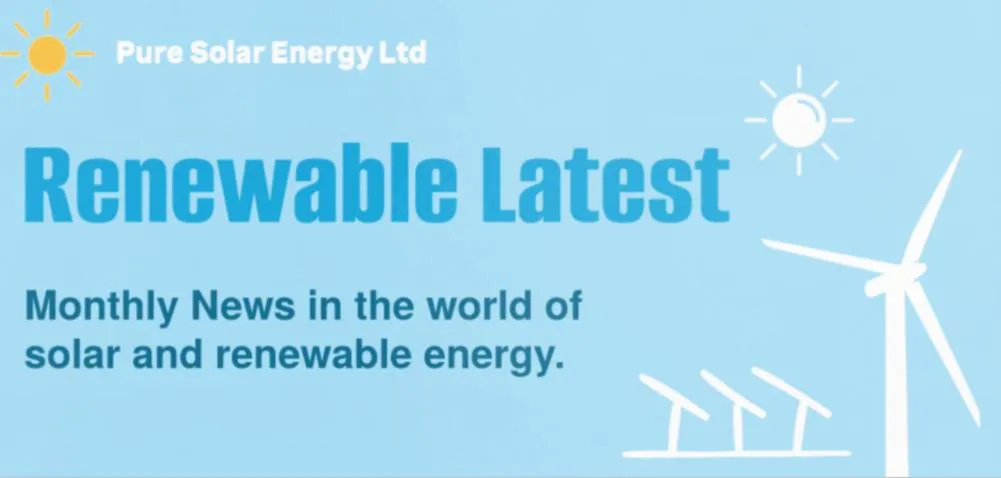
About
For Home
Contact
About us
Commercial
Domestic
Office Location
68 Bosworth Road, Cambridge England CB1 8RG
Office Info
+44 (0) 7960 022349

